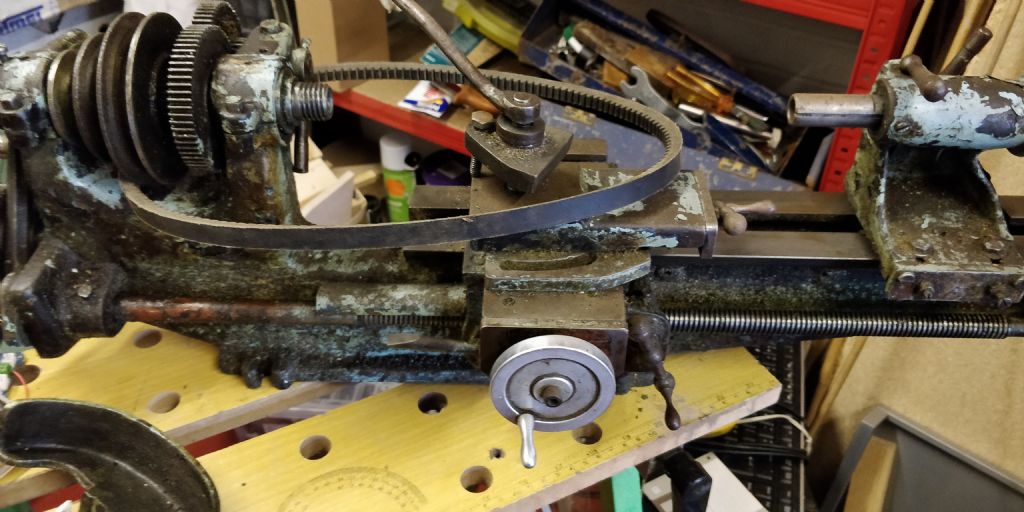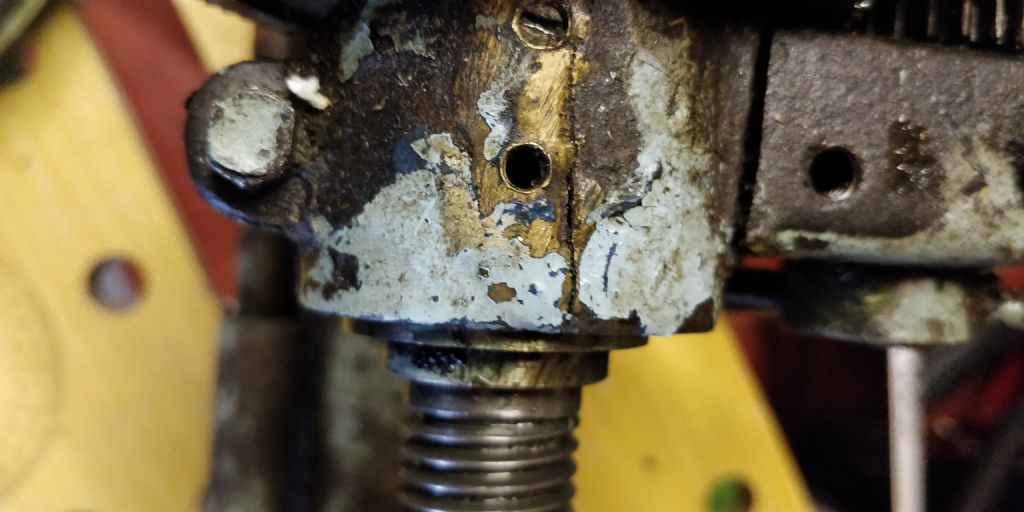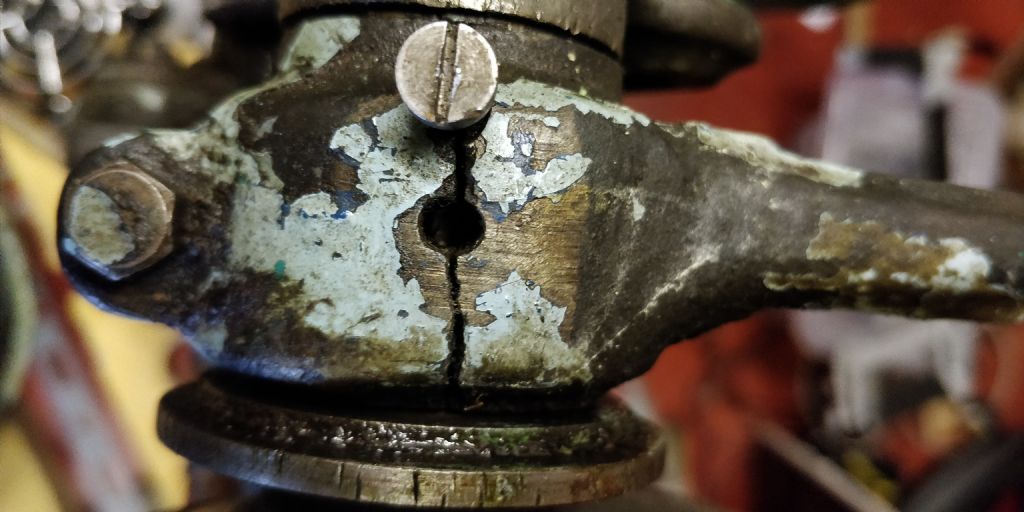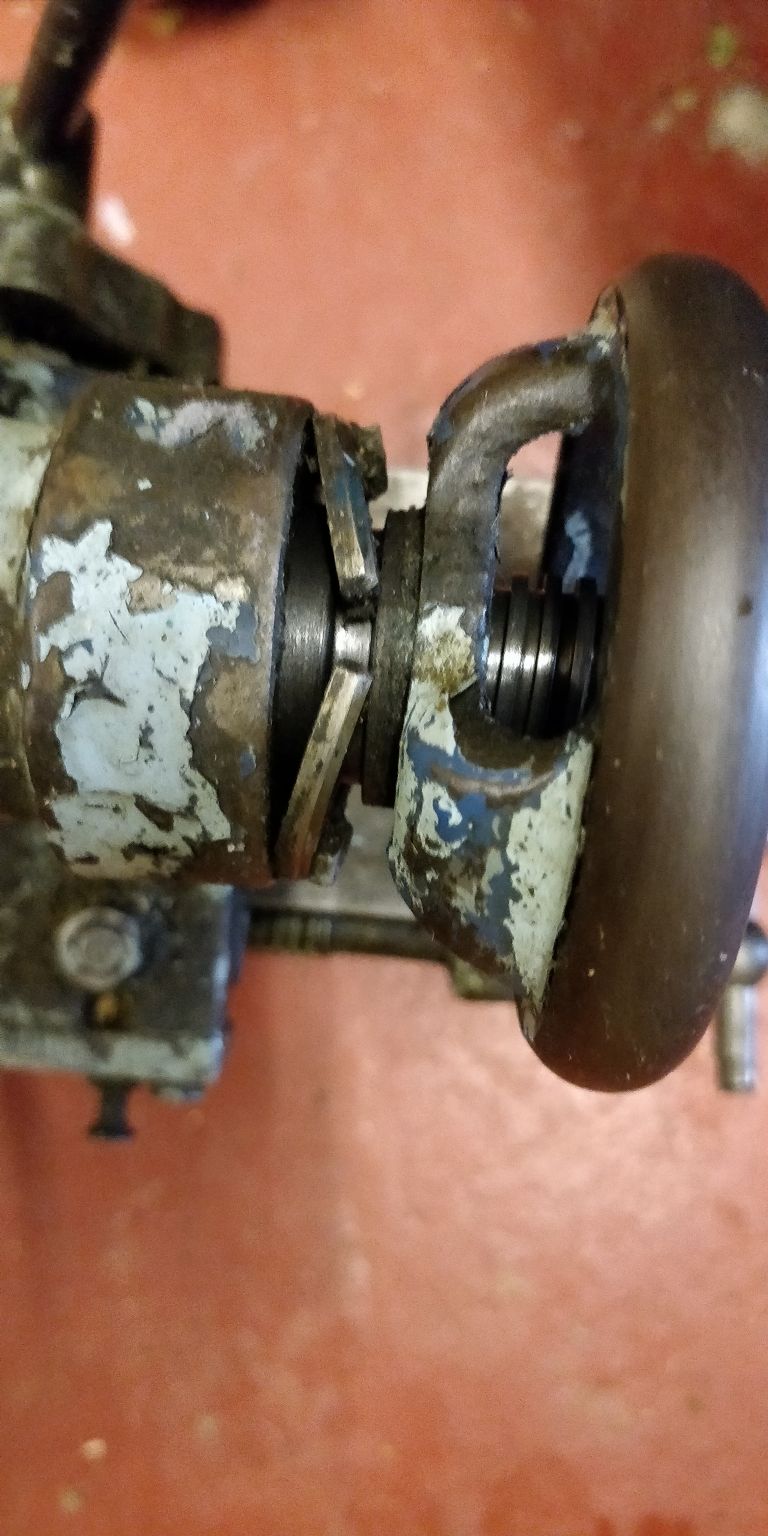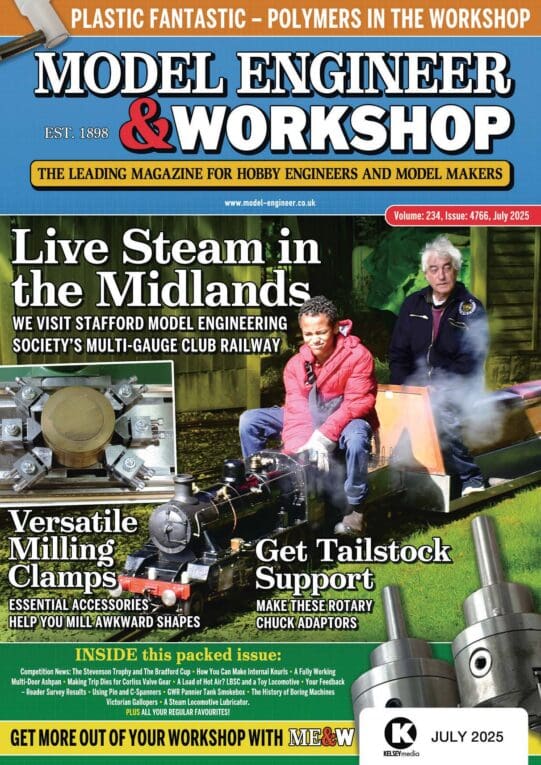Posted by Peter Beeby on 25/05/2019 14:27:59:
…
Myford ML1/ML2? … doesn't have enough change wheels …pulleys have been replaced … cracked head stock. …weld either failed or cracked again. Tail stock little broken… needs a motor … 1/4 hp how high can I safely push this? … VFD. missing the rack…
I really appreciate any advice offered and hopefully this is the start of a wonderful hobby!
Hi Peter,
That's an unpleasantly long list of faults already on a small, slow, old-fashioned basic lathe in suspect condition.
Some kind of plan on how to deal with its issues is very sensible but I think you're going to have to strip it down to find out all the bad news. Likely there is more sorrow to come, for example, I associate cracked head-stocks on that design with someone trying to compensate for a completely worn-out bearing by overtightening the headstock. May be necessary to add a new bearing to the repair bill.
As the lathe may have been thrashed and abused, I would check everything. How worn and/or damaged are the bed and cross-slide, screws, half-nut, nut and gibs? Is the tail-stock in decent order or is it's spindle bent or worn out in addition to the other damage. Lots of photos please!
The missing rack suggests an old-timer decided the lathe wasn't worth repairing and cannibalised it for parts. More may be missing or is so bad it wasn't worth stripping.
Quite likely the lathe could be fixed, but it's going to take lots of time, commitment, and – unless you can do all the work yourself and/or get lucky – a money pit, hundreds of pounds and hours. A frame will be needed to hold the motor. Personally I would walk away – I want a lathe so I can make things. But if you like restoring old machines, or enjoy owning one, it could be your new hobby. The disadvantage is it might take several months before you get it working well enough to learn how to use it. (Though you will be expert at restoring lathes!)
As a lathe, is it worth having? Maybe. Pre-War they were one of the better examples of the simple low-end lathes then available. Certainly capable of doing precision work on small jobs. But notably unwanted as soon as Myford introduced the ML7, a much more capable lathe, in 1946.
Massively increasing the power isn't on though a 1/3 or 1/2hp motor would give it more zip. Bear in mind the machine was designed at a time when treadles were more common on small lathes than motors.
Brand new these machines weren't as capable as a Mini-lathe, and the cost of restoring it could be similar.
Dave
Hopper.


